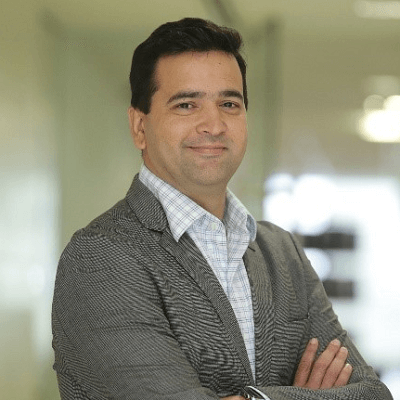
People love light. The story of human civilisation is quite literally illuminated, beginning right from the fires of the Paleolithic Age to today’s smart lighting systems at home, work, and across our cities. We have developed a finely tuned equation with light over time. And it is much more than just the ability to see.
Innovations such as LED, halogens, etc., have given the lighting industry a whole new direction. Up until a few years ago, home consumers were flicking switches as they entered and left rooms like clockwork. We asked ourselves a question: Could we do something about this mechanical routine? And, perhaps, add some color while we are at it? This inspired us to create Philips Hue, a wireless lighting system that works without switches and has mood lighting in 16 million colors. It changed the way we thought about lighting forever. Today, Hue is the world’s best-selling and most wide-ranging wireless lighting system for homes and gardens.
Connected devices are changing the world as we know it. Distributed throughout the spaces in which we work, live, travel, and relax, they collect, carry and exchange intelligent data about the spaces in use and deliver customized services and contextual analysis to people and organizations remotely. This, we believe, will be the second wave of lighting that involves harnessing the intelligence gathered by these systems to not just save costs but also drive energy efficiency and foster long-term sustainability.
Sustainability is the core of how we imagine the future of lighting. Signify recently expanded its portfolio of 3D Printed Luminaires in factories across select markets. These luminaires are manufactured using a 100% recyclable polycarbonate material, which allows them to be designed or tailored to a customer’s specific needs and recycled at the end of its life cycle. This is one of the many ways in which the industry can transform from a linear to a circular economy. With growing population and rapid urbanization, while we focus on consuming less, we also have to make sure we consume better. The lighting industry is uniquely positioned to make this viable today, and not necessarily wait for the future.
As we head for a connected future, we find ourselves asking the same question. What more can we do with light? What all can technology do apart from saving energy and illuminating a room in more colors? Can light improve health, help you sleep better, and make you more productive? Can light revolutionize indoor farming and agricultural output, boost retail business and reduce accidents in industrial warehouses? Can it reduce crime and improve urban safety? Can we create something that makes the end of life concept obsolete (and, hopefully, put an end to “how many people does it take to change a light bulb” joke?). We often surprise ourselves with the answers.
On the occasion of International Day of Light, I urge all stakeholders in the industry to be more ambitious in their sustainability goals, work towards unlocking the limitless possibilities of technology and work together to light up a better future.
Author
Sumit Padmakar Joshi, Vice Chairman & MD, Signify Innovations India Ltd.